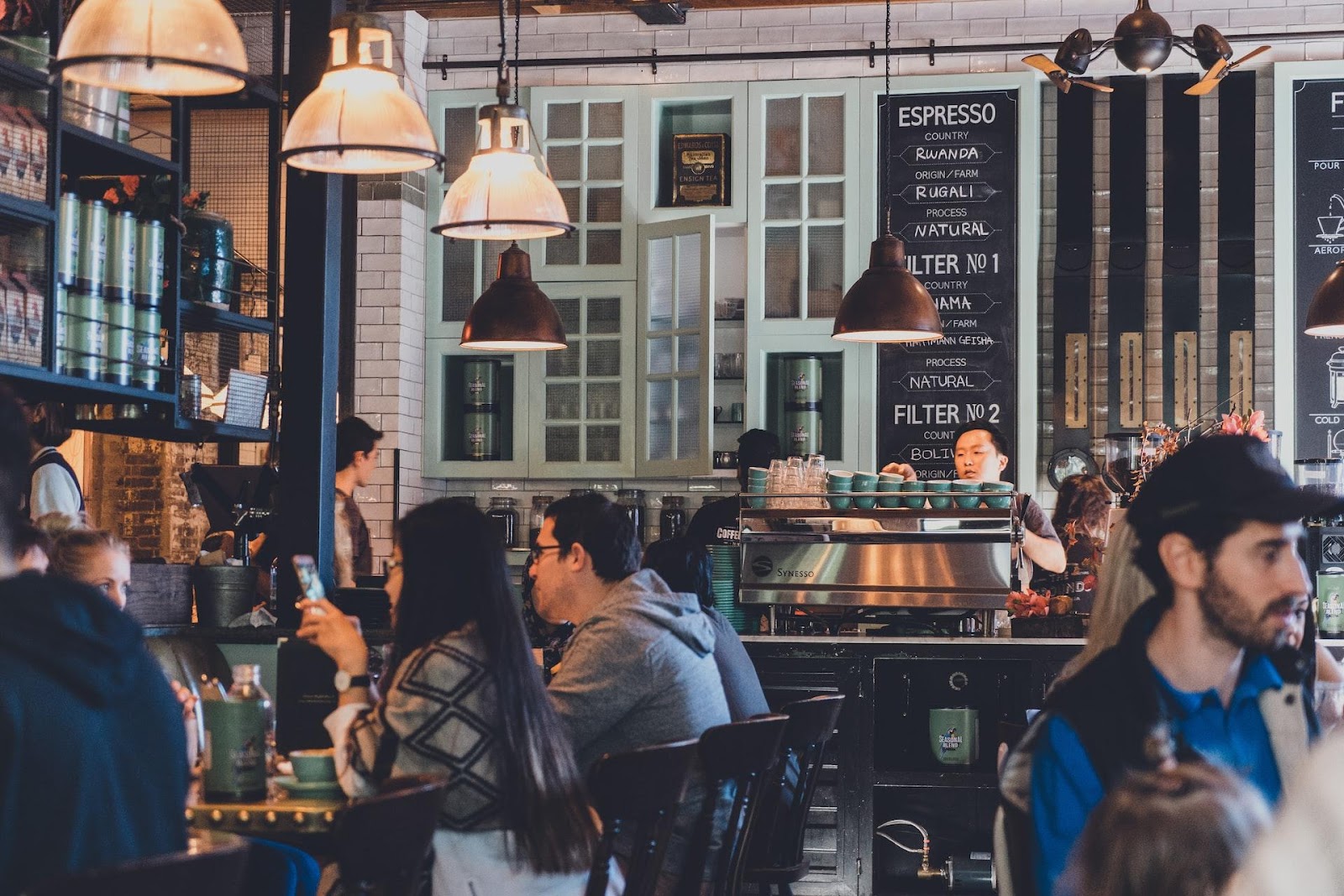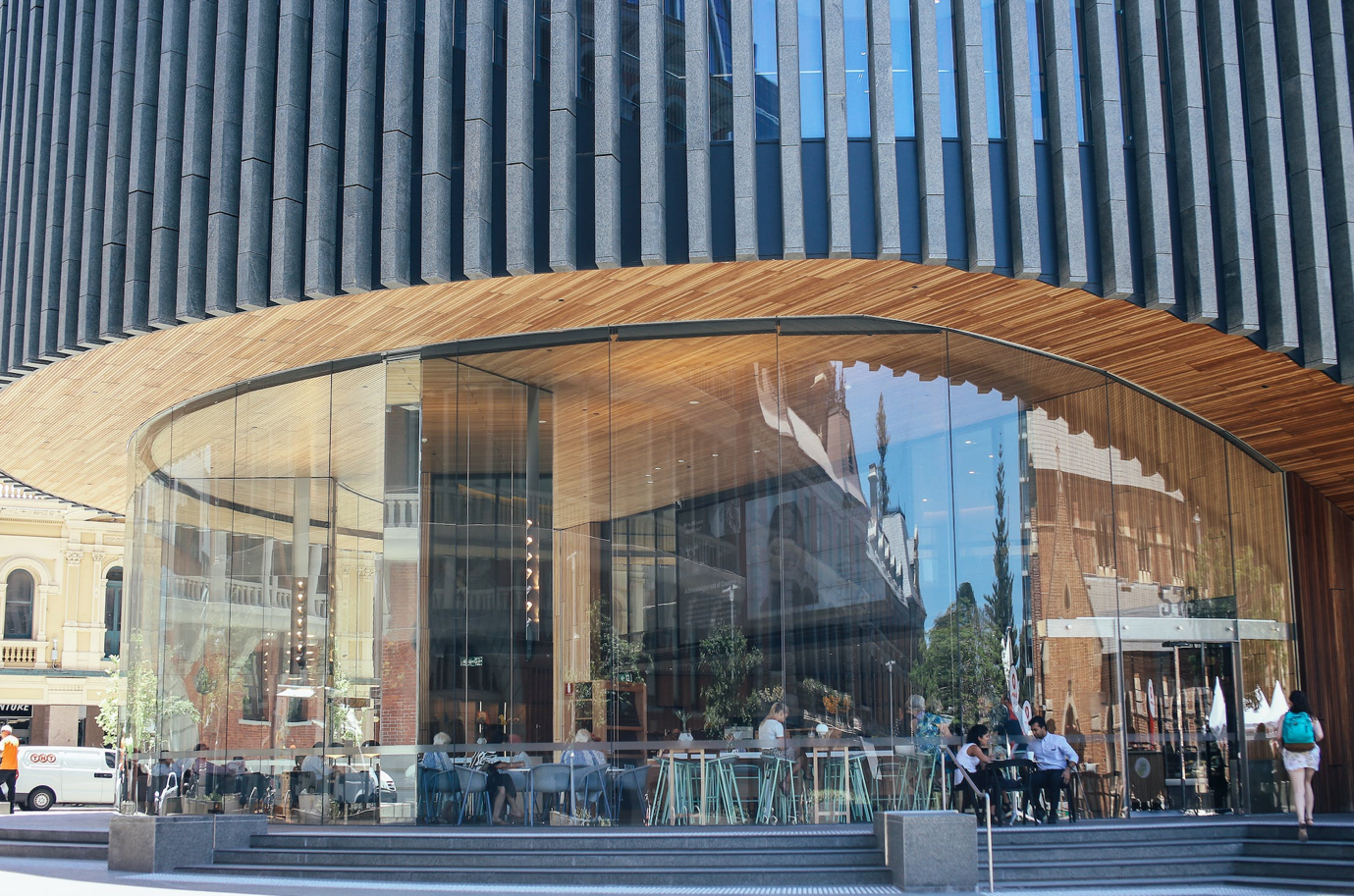Table Of Contents
Corporate dining has always been a benefit for employees, but it wasn’t until recently that it received widespread attention. It entails corporate meal services allowing employers to contribute to their employees’ lunch expenses to show that they care.
Types of Corporate Dining
Corporate dining services might vary greatly from one employer to another. Still, they always involve selecting and serving meals to the staff, whether breakfast for an early meeting or snacks throughout the workplace. Individually requested delivery meals from local eateries or a catered lunch for a one-time meeting are examples of cooperative dining.
Additionally, because business is evolving now than ever before, many employees will tend to move from one place to another. Even if your staff are constantly on the move, there are corporate meal options available to them. For example, portable meals such as boxed lunches and sandwich platters are easy to transport and consume anywhere. You may also get a truck to supply food to your employees as an alternative.
Benefits of Corporate Dining
Employers may find it difficult to offer prospective employees a greater wage. On the other hand, providing on-site food can put firms ahead of the competition when hiring. On-site food will help with:
Boosting Employee Recruitment and Retention
There have been studies that have been done in the past that showed corporate dining to be a potent tool for increasing employee happiness and retention. As a result, corporate organizations will be able to recruit and retain top people, keeping them at an advantage over their competitors, especially during the hiring process.
Improving Company Culture
Millennials value ethical and environmentally friendly actions. Cooperate organizations that are serious about attracting the best millennial talent must be concerned about their employees’ well-being. Millennials believe that spending on corporate meals shows you care about them since it is the foundation of great company culture.
Increasing Employee Productivity
Employee productivity can also be boosted through corporate dining. Employees who eat an unhealthy diet will not be as productive as those eating healthy foods daily. Additionally, providing lunch at the office means that employees aren’t leaving the office to get something to eat and are instead interacting with their coworkers. This is widely regarded as the most effective method for generating new and inventive ideas as well as fostering a happy work environment.
Common Corporate Dining Services
Corporate dining may be done in a variety of ways; there is something for everyone. Here is a list of the most popular corporate dining models:
1. In-house Cafeteria
This dining model allows you to be fully in charge of your corporate eating experience. The in-house cafeteria is a pricier option as you will have to get your servers, chef and have all the kitchen equipment. This is your go-to model whenever employees want to cater for their meals without including the cost to their coworkers’ bills.
2. Cafeteria Service
This involves signing a contract with a food service management company to handle your cafeteria. One of the major flaws in this strategy is that the businesses hope to save money by purchasing lower-cost products. These businesses must make sacrifices to maintain their services affordable as minimum wages go up, sustainable materials become increasingly in demand, and global trade continues its difficult growth.
3. Food hall
Employees prefer fresh, locally sourced options with a wide range of choices. You can provide food for your employees by contacting a local restaurant that will be in a position to deliver corporate food hall services.
4. Popup restaurant
A popup restaurant is a smaller corporate dining hall where a local restaurant sends a few staff to your lunchroom to get orders from the employees. There are a variety of pricing models available, just like with most other catering options: you could choose to pay for everything, let staff buy their meals, or pay up to a certain amount.
5. Daily Catering
This dining model will help you save money as there is no hustle running a whole cafeteria. Local restaurants and caterers provide you with a variety of menu options of fresh ingredients that you desire. Of course, unless you engage an outside organization to do it for you, it requires a little more effort. And, unlike a popup restaurant, it’s far more difficult to partially finance this choice.
6. Event Catering
Even if a company does not want to give a daily lunch to its employees, it might still want to order meals on special occasions. One-time catering for your organization is usually very easy to come by, and choosing the appropriate local restaurants may help you keep prices down.
7. Snacks and Coffee
Employees have access to coffee in most offices. With this model, you can get a restaurant to deliver some good coffee and or just some tasty accompaniments for your employees.
Constricting Traditional Options Vs. The Cost of Corporate Dining
The point is that traditional corporate caterers may not provide you with the customization you require, but emerging suppliers are providing better alternatives. Creating a partnership with a local restaurant is a terrific approach to providing variety in cuisine and cost.
Traditional corporate dinner menus, regardless of price, can be costly. The financial line is more important than offering a wonderful dining experience in an in-house cafeteria, leading to menu weariness and reduced utilization rates. That means those businesses could be losing money, putting a strain on a company’s bottom line.
Local restaurants, for example, offer considerably more flexible pricing patterns. Get catering from a neighborhood deli rather than an expensive restaurant to save money, or order buffet-style meals rather than individual dinners for everyone. Companies can also determine how much of their employees’ meals they want to subsidize.
Traditional corporate dining alternatives are pricey, but they come with a lot of benefits. Specifically, your staff has access to freshly prepared food that allows them to operate at their best. However, by collaborating with local restaurants, you gain access to a wide range of options, as well as the opportunity to support local businesses.
It’s time for an upgrade to something more modern. If you don’t have a corporate meal program, start it now to recruit and keep top talent.






